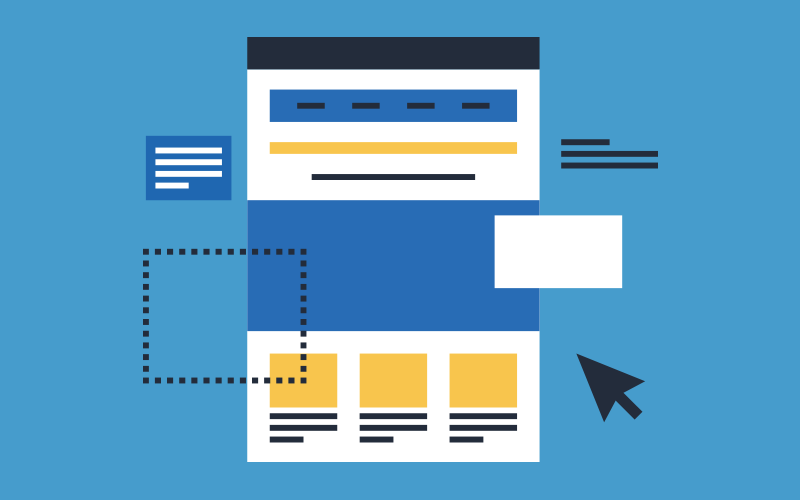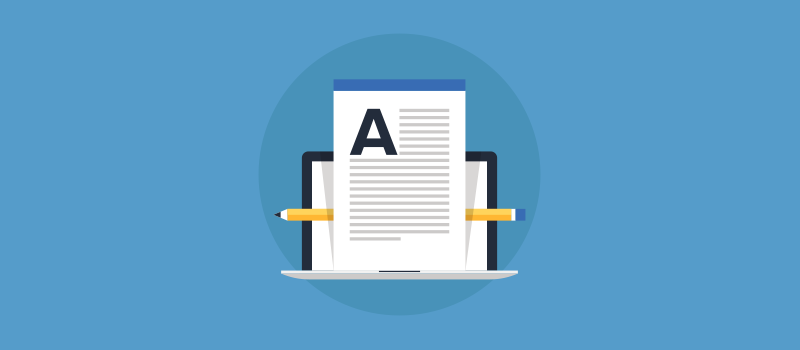Getting traffic to your website is only of any value if you have the copy to convert visitors into customers. Conversion requires a good grasp of psychology: you need to know how your visitors minds work so you can write content that is most effective. In this post, we’ll look at seven proven writing techniques that work on landing pages and give you an advantage over your competitors.
- Focus your copy on what matters to the customer
What matters most to your customer? The features of the product or service you are selling? No. The solution buying it will bring? No, not that either. Most potential customers already know the features and solutions they are looking for by the time they land on your page. Whilst they’ll check them, they are not the deal clincher. What does clinch the deal and should be the featured part of your content are the benefits. Think of the Christmas adverts that supermarkets put on TV. Whilst they may mention the product features (delicious turkey / organic sprouts) and solutions (lots of choice / lower prices), the entire advert is usually focussed around the benefit by shopping with that supermarket you can give your family the most wonderful Christmas. These same techniques also work on your landing pages and you should put them to good use if you want to increase conversion rates. - Always include customer testimonials
Readers can be cautious when it comes to believing the positive spin in marketing materials but one way to make them have faith in the accuracy of your claims is to show them the opinions of your customers. In a sense, you are saying Don’t take our word for it listen to someone just like you and this inspires trust in your readers.
For this reason, testimonials are one of the most powerful techniques you can use on a landing page and they can have a significant impact on conversion rates. For testimonials to be truly compelling they do need to be believable and for this, you need a name and preferably a photo of the person giving the quotation. If you sell to the general public, also add the location of the customer and if you are a B2B business, give the details of the customer’s job title and company. - Work on drawing the reader to your call to action
Not every visitor is going to read all the copy on your landing page. Sometimes, there is something specific they are looking for, at others, they’ll just wander through. This means every element of the page has to be carefully crafted, especially page layout and structure. If you are aware that people naturally skim and scan as they read, then it becomes easier to understand the importance of headings and subheadings. A well-crafted heading can stop a wandering mind and compel it to read the content beneath. Landing page headings and subheadings should attract attention, for example, by using questions or making bold statements about your product’s benefits. For accuracy, they should also be relevant to the paragraphs that follow them. In addition, the use of images, graphic data, bold text, bullet points, etc. can all be used to draw attention, keep the content fresh and lead the reader’s eye down to the call to action button. When writing, break your copy up into smaller, easily digestible paragraphs and organise the content in a way that keeps the reader wanting to read on. You shouldn’t put all the best points at the start as this makes the sales pitch less compelling the more the visitor reads on. And remember to focus on the benefits.
If you are aware that people naturally skim and scan as they read, then it becomes easier to understand the importance of headings and subheadings. A well-crafted heading can stop a wandering mind and compel it to read the content beneath. Landing page headings and subheadings should attract attention, for example, by using questions or making bold statements about your product’s benefits. For accuracy, they should also be relevant to the paragraphs that follow them. In addition, the use of images, graphic data, bold text, bullet points, etc. can all be used to draw attention, keep the content fresh and lead the reader’s eye down to the call to action button. When writing, break your copy up into smaller, easily digestible paragraphs and organise the content in a way that keeps the reader wanting to read on. You shouldn’t put all the best points at the start as this makes the sales pitch less compelling the more the visitor reads on. And remember to focus on the benefits. - Make sure you don’t overcomplicate your copy
When you consider that the average reading age in the UK is 9 and that even The Guardian only has a reading age of 14, you might want to reconsider how you communicate with your audience. The easier your landing pages are for people to read and understand, the better your conversions will be.
To achieve this, there are some very simple rules you should follow:- Use short simple sentences rather than longer complex ones.
- Use plain English vocabulary rather than words which are too technical or clever sounding.
- Be precise in what you are saying and stay succinct: don’t waffle, keep to the point. Why use 200 words when you can say it in 20?
Some of the most effective sales copy on the internet is the simplest.
- Write for real people
The best copy works because people can hear the voice in the writing talking to them. If the writing is over-formal and reads like a legal document no one is going to stick around but if it’s more personal and feels like a conversation, they engage more. To achieve this on your own landing pages, follow the tips below:- Use first or second person when writing, e.g. use I or we. We think you’ll love our new products.
- Without sounding clich©d, use every day turns of phrase into your writing.
- Don’t be afraid to break grammar rules if it makes the writing sound natural, e.g. starting a sentence with and.
- Use humour when its right to do so, it’s great for engagement.
- Convince readers with data
There’s nothing quite as persuasive as data when it’s provided as a number or a graphic. It gives the reader very specific evidence on which to make a buying decision. For example, which one of these lines is the most effective?- Make big savings on your energy bills.
OR - 70% of customers save over £400 a year when they switch to us.
The first is an unsubstantiated claim, the second is specific and gives the impression that the company has actually researched the data. For this reason, it looks accurate and more believable. Adding statistics to your landing pages can make them much more effective. However, make sure your information is accurate, you shouldn’t mislead your customers with made up data.
- Make big savings on your energy bills.
- Make your calls to action effective
The most vital function of your landing page is getting your visitors to follow a call to action. To be honest, the entire goal of the page has to be to achieve this. However, the CTA itself has to be worked on. This includes asking the customer to take the action you want them to achieve, e.g. To reduce your energy bills by £400 a month, fill in the form below now. The wording of the CTA is important, too: notice how the word now is used to imply that the benefits are instant. The same applies to a CTA button. If you look at email subscription buttons, once upon a time they all simply said Subscribe but nowadays, the use of A/B split testing has shown that there are far more effective words which can be used: Sign me up, I’m in, and Yes, Send Me Mail, for example.
Conclusion
Landing pages are essential elements of modern websites and help generate the conversions that business owners are so keen to increase. From reading this article you should now have a better understanding of how to make your landing pages convert more successfully using the seven tips we have discussed.
If you run a business website and are looking for reliable and secure web hosting with 24/7 technical support and a range of other great features, check out our business hosting packages.


